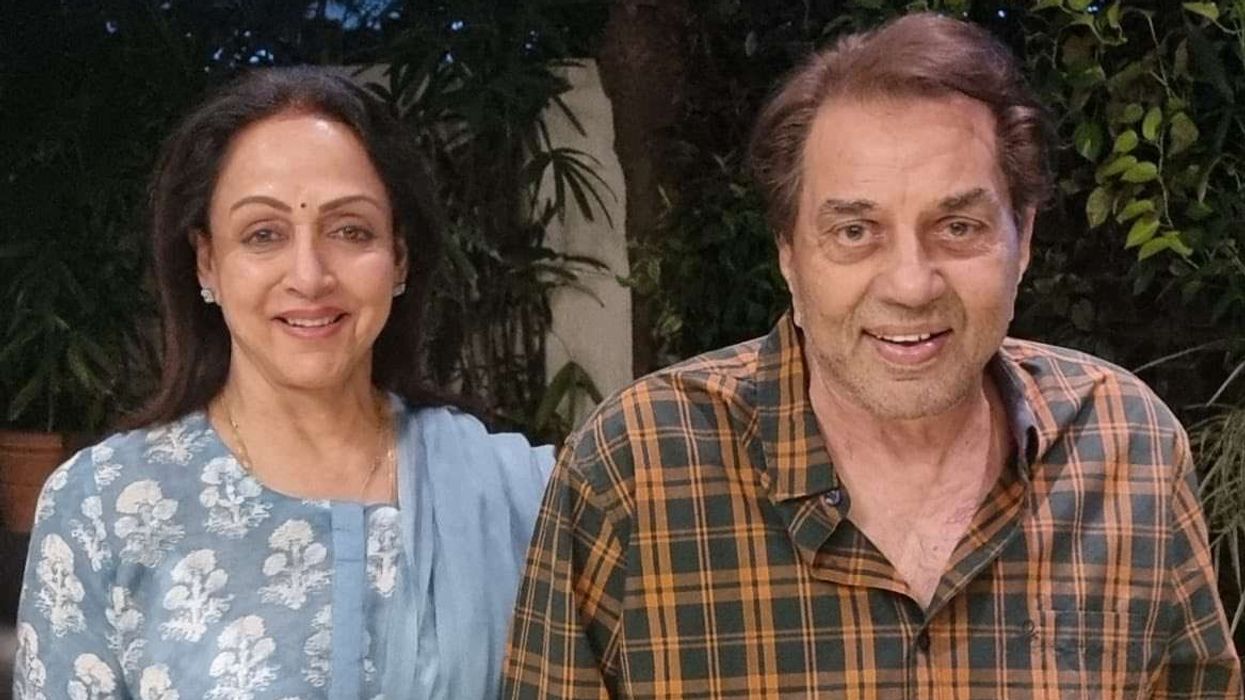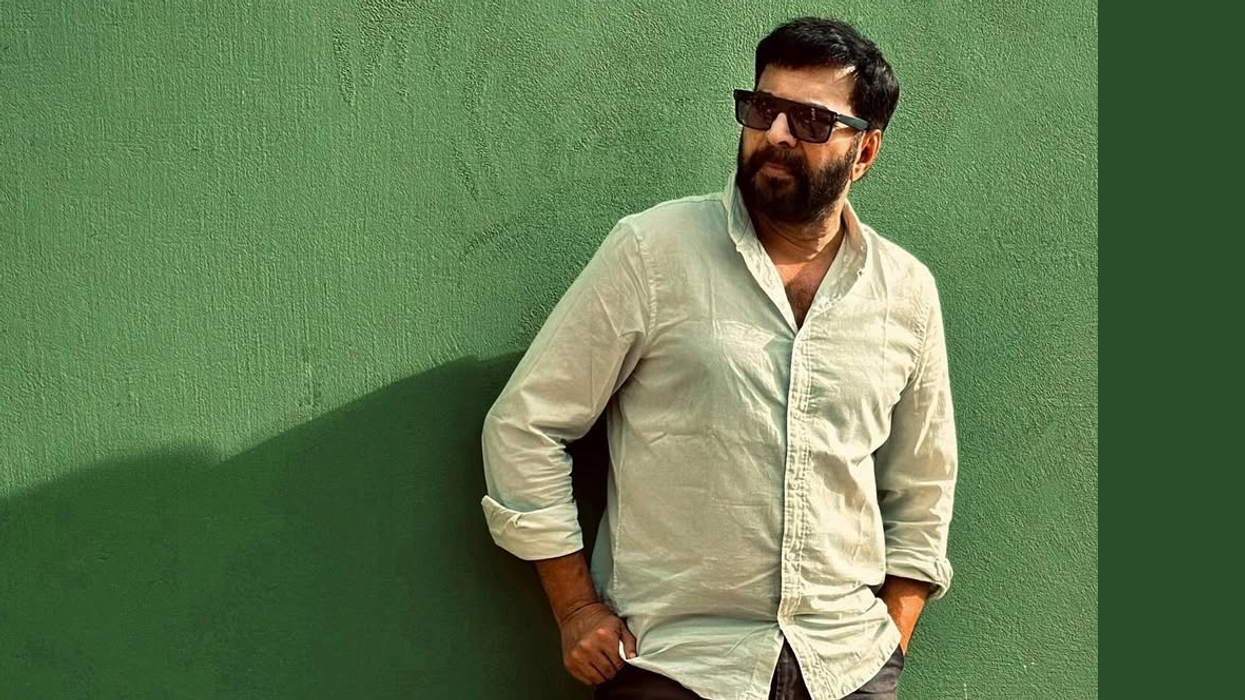EMBATTLED aviation giant Boeing pledged yesterday (27) to do all it can to prevent crashes like two that killed nearly 350 people in recent months, as it unveiled a fix to the flight software of its grounded 737 MAX aircraft.
Boeing gathered hundreds of pilots and reporters to unveil the changes to the Maneuvering Characteristics Augmentation System (MCAS) stall prevention system, which has been implicated in the crashes in Ethiopia and Indonesia, as part of a charm offensive to restore the company's reputation.
"We are going to do everything to make sure that accidents like this don't happen again," Mike Sinnett, Boeing's vice president of product strategy, told reporters at a factory in Washington state.
In the nation's capital, the head of the US air safety agency faced harsh questions from senators over its relationship with and oversight of Boeing.
Ahead of the tough questioning, the company launched a campaign to convince the flying public that it is addressing the issues with the 737 MAX, including a fix to the MCAS implicated in the deadly crashes.
The initial investigation into the October Lion Air crash in Indonesia, which killed all 189 people on board, found that one of the AOA sensors failed but continued to transmit erroneous information to the MCAS.
The 737 MAX planes were grounded worldwide following an Ethiopian Airlines disaster on March 10 that killed 157 people, five months after a Lion Air crash in Indonesia that killed 189 people.
Boeing said, the anti-stall system, which is believed to have repeatedly forced the nose lower in the accident in Indonesia last October, would only do so one time after sensing a problem, giving pilots more control.
The anti-stall system, MCAS has been pinpointed by investigators as a possible cause in the fatal crashes in both Indonesia and Ethiopia.
Current 737 pilots will also have extra computer-based training following criticism that MCAS was not described in the aircraft manual.
Boeing said it would change the design of the system so that it no longer relied on a single sensor. The changes also would make standard visual warnings to the pilots if the system had stopped working. Previously, those warning messages and displays had been optional.
The changes were drawn up in response to the Lion Air crash but are seen as crucial to regaining the trust of pilots, passengers and regulators after the Ethiopia crash prompted a worldwide grounding of Boeing 737 MAX planes.
Some aviation experts believed the optional alert could have alerted engineers about mechanical faults, leading to an industry debate over whether the system should be mandatory.
Current 737 MAX pilots have criticized Boeing for not disclosing more details about MCAS initially. Sinnett said the company has added details on MCAS to its flight crew operations manual. All pilots will need to complete this training before returning to the skies, he said.
(AFP/Reuters)
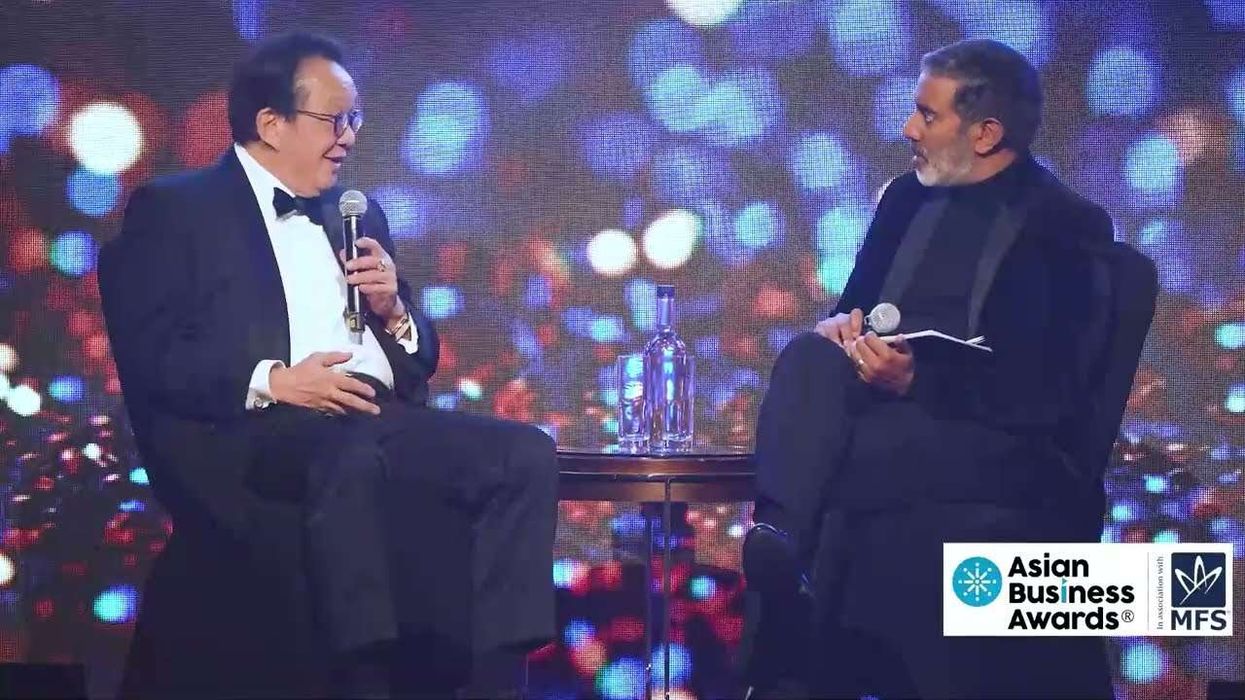
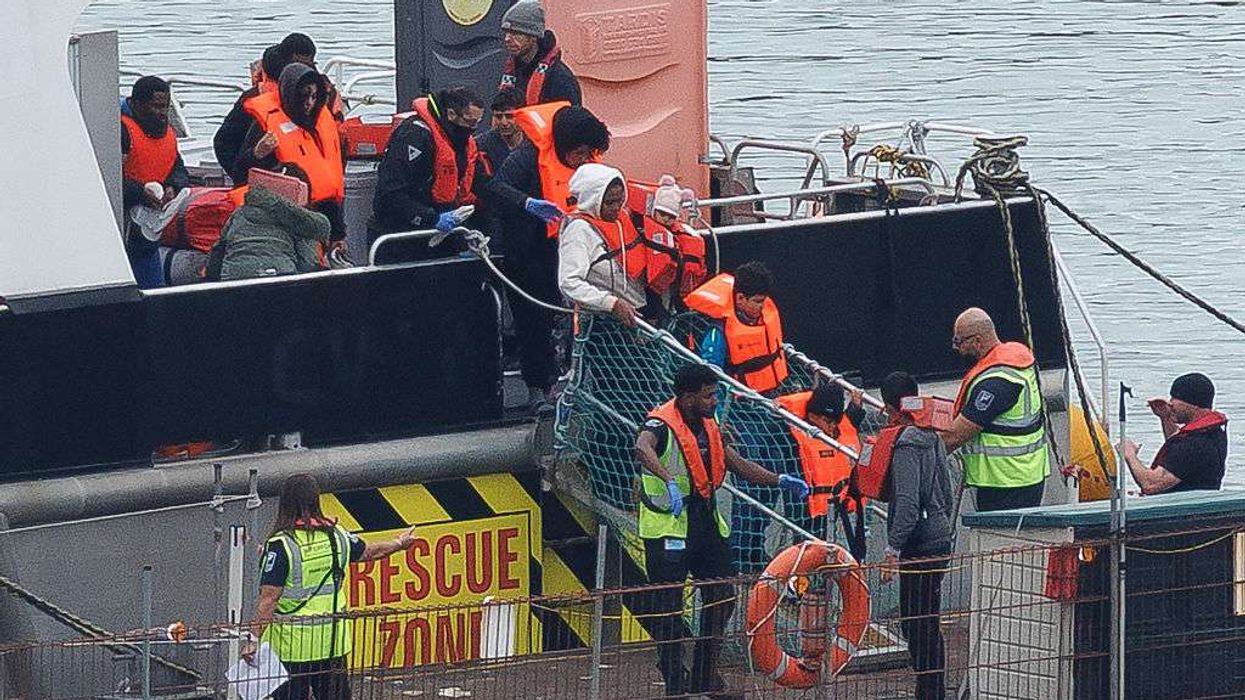
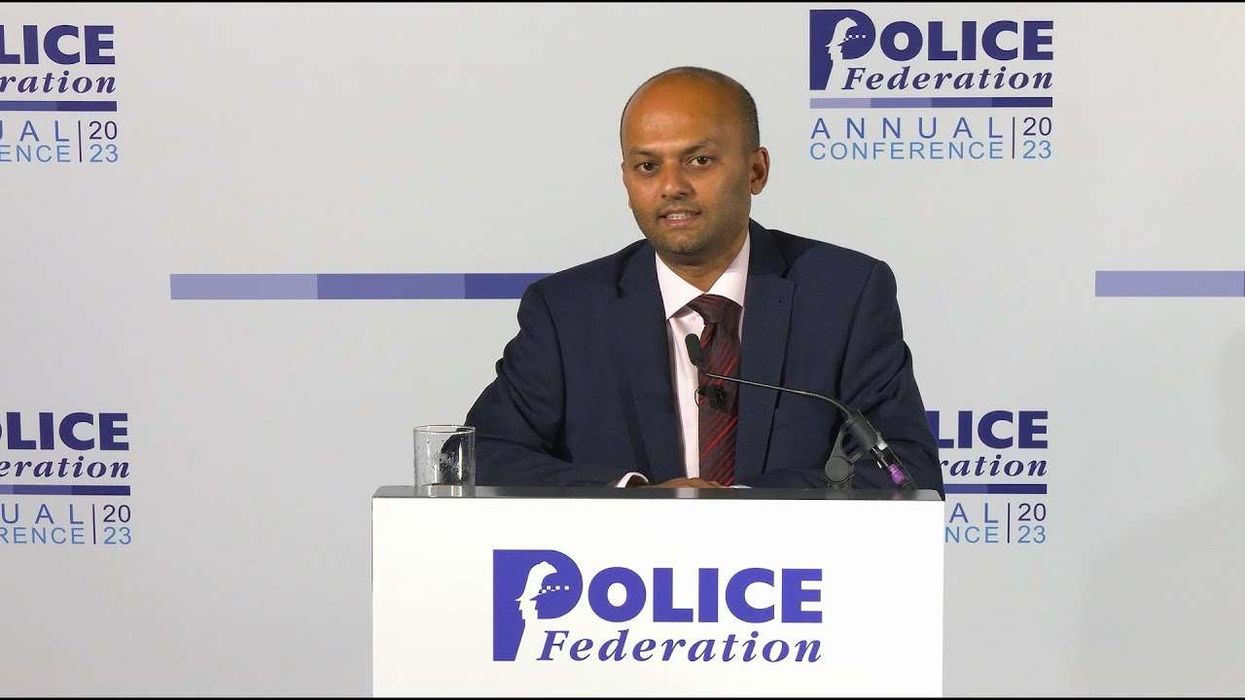
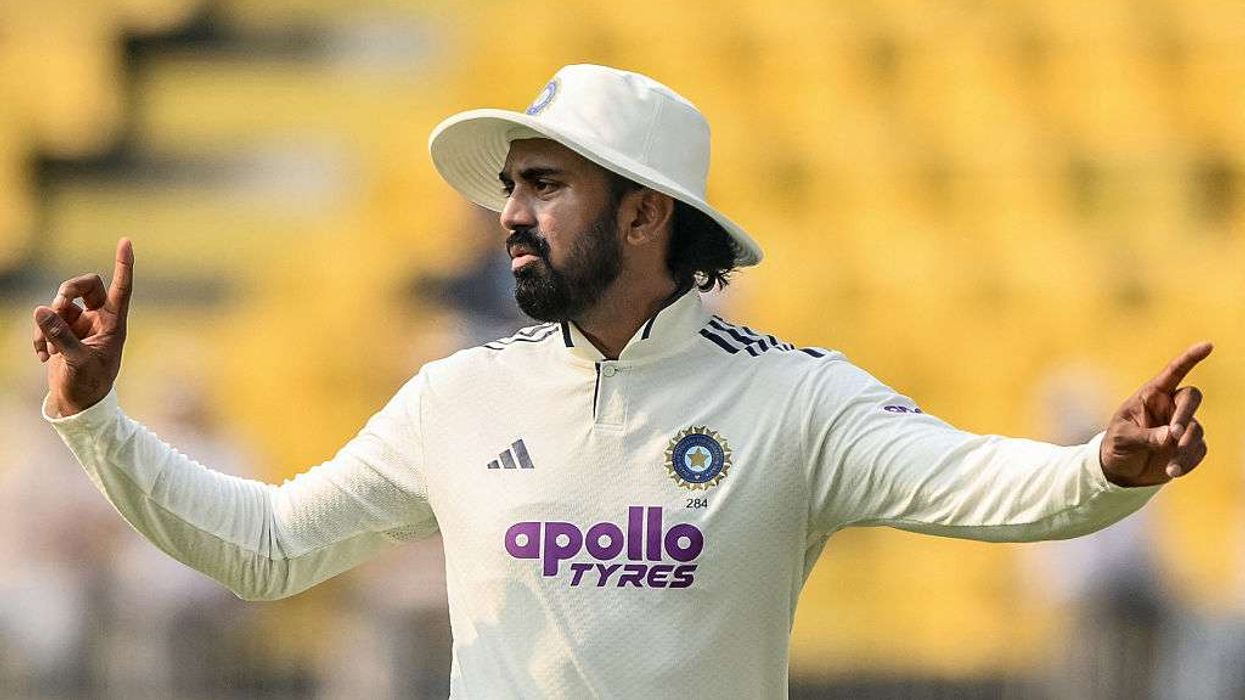

 Holiday fans celebrate Leona Lewis' One More Sleep topping the UK streaming charts Youtube Screengrab
Holiday fans celebrate Leona Lewis' One More Sleep topping the UK streaming charts Youtube Screengrab 



